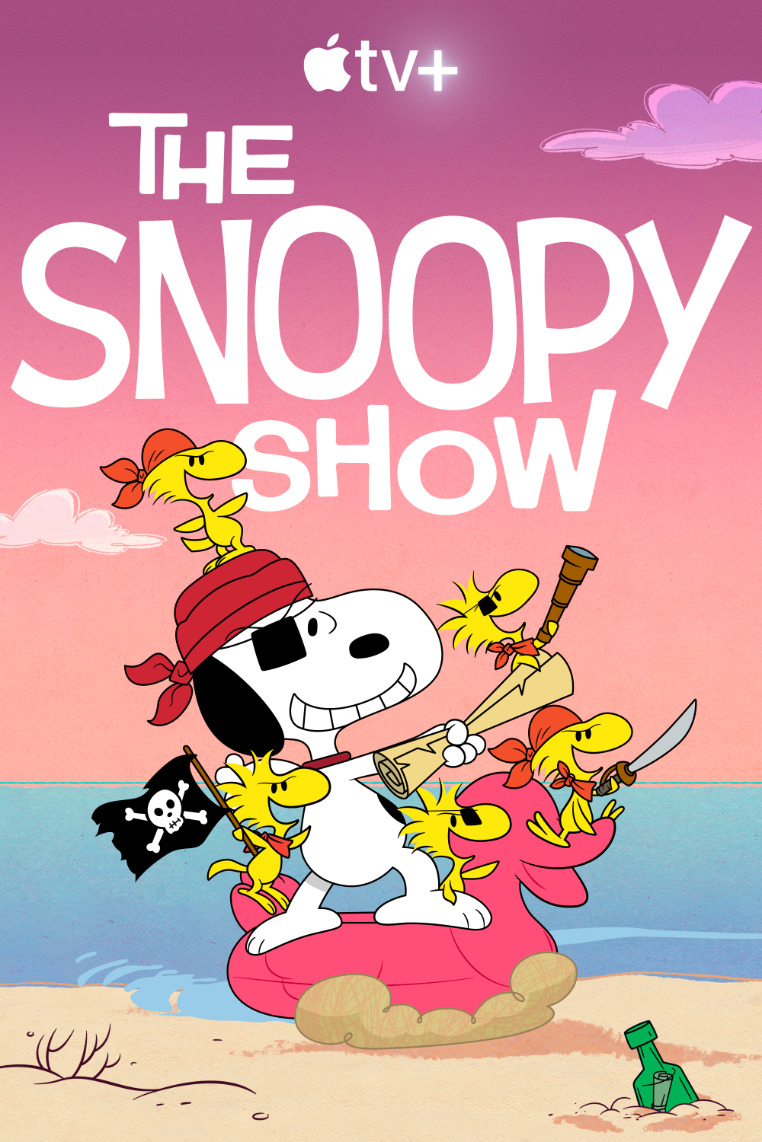How ESPN Became Disney’s Latest Problem
By Movieguide® Contributor
While ESPN earns billions of dollars annually, Disney must decide what to do with the sports network.
While the network has generated an estimated $3 billion in the first half of 2023 alone, revenue for those six months was down 6 percent from 2022.
Because Wall Street has a negative outlook on ESPN, Disney is now considering selling some of its assets. Disney CEO Bob Iger said the company is looking for “strategic partners that could either help us with distribution of content.” Disney has held talks with the NFL, NBA and MLB about taking a minority stake in the network.
“It is really tricky in this cord-cutting environment to see the real growth opportunities available to ESPN,” former chief executive at ESPN, Steve Bornstein, said. “[Still,] they have a great hand,” such as its rights to air live games and digital presence.
To help Disney find a solution, Iger has brought back two former senior Disney executives—Kevin Mayer and Thomas O. Staggs.
Last month, Iger admitted that cord-cutting had put a larger strain on Disney than expected as he announced that changes were coming to ESPN. Iger, however, was cryptic about what the changes would entail.
The need for change, however, is abundantly clear. In 2013, roughly 100 million homes in America paid for a cable bundle that included access to ESPN. Now, roughly 70 million households still pay for access to ESPN. That number is expected to drop even more, with an estimated 20 million more homes to drop their cable bundle by 2027.
Meanwhile, ESPN’s costs have exploded, as airing rights to the NFL and NBA have grown exponentially in recent years. The network will pay an average of $2.7 billion per year over the next decade to air NFL games. An equally expensive NBA deal is expected to clear the company soon.
To continue turning a profit amidst these struggles, ESPN has undergone six rounds of layoffs since 2015, including one in June, which axed multiple on-air celebrities. Disney as a whole has been struggling lately, so they cannot supplement the network’s waning income as they work towards a solution.
Furthermore, ESPN cannot easily transition into streaming as sports leagues want their games to reach the largest possible audience. As of April, EPSN+ had a subscriber base of 25.3 million. Only 5 million of those people paid for ESPN+ directly, while the others included it with a Disney+ or Hulu bundle.
Mr. Nathanson, an analyst, explained the problem of bringing the entire ESPN network onto ESPN+, calling the streaming service a “complementary” product, something only die-hard sports fans will buy.
“The current cable bundle, if you are a sports fan, is probably the optimal way to watch sports content because the majority of sports are in that bundle,” Mr. Nathanson said.
Movieguide® previously reported:
“After coming back, I realized the company is facing a lot of challenges, some of them self-inflicted,” Iger told David Faber at Allen & Co.’s annual conference in Sun Valley, Idaho.
“The challenges are greater than I had anticipated,” Iger later added. “The disruption of the traditional TV business is most notable. If anything, the disruption of that business has happened to a greater extent than even I was aware.”
The company is now sure that streaming is their long-term future and it is now considering what to do with its assets that remain on broadcast and cable television. Iger has opened the door for the company’s cable networks FX and NatGeo along with its broadcast group ABC to be sold as they are no longer “core to Disney.” ESPN, however, will be expanded as the company delves into live sports.



 - Content:
- Content: 

